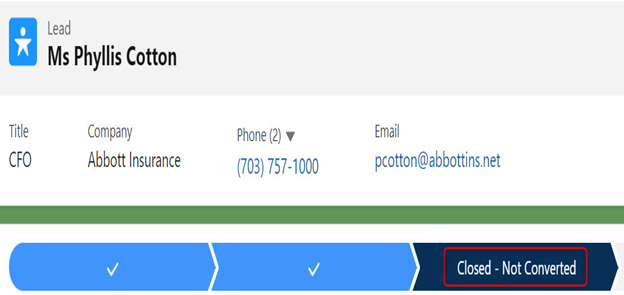Imagine you have a customer, a company called Super Bus. Mr. Edward Stone works at Super Bus. Since Super Bus is your customer, Mr. Edward Stone is recorded in Salesforce as a Contact. He’s simply a Contact linked to the Super Bus Account. But at the same time, instead of calling you, Mr. Stone filled out the contact form on your company’s website, which is connected to Salesforce. What happens then? Mr. Stone enters Salesforce as a Lead. In this way, you will have Mr. Edward Stone in Salesforce twice – once as a Lead and once as a Contact. Is it useful? Yes! Is it troublesome? Also yes!
Let’s start with the positives. Sometimes it’s good that every contact through the website, meaning those who fill out a form, creates a new Lead. This is because such forms may relate to various products you sell, and handling these Lead inquiries can be taken care of by different dedicated individuals, not necessarily you right away. If your company offers a wide range of services, it might be the case that your customer is not only your customer – someone else from your company might be selling them something (else). Simultaneously, Salesforce, by separating Leads from Contacts, Accounts, and Opportunities, allows you to register the initial stages of sales or, more precisely, sales potential. Leads are objects in Salesforce that often have many records, but generally, a small percentage of them transform into actual sales. It strongly depends on what and to whom you are selling, but generally, salespeople work with Leads, closing more of them than converting them into Opportunities. They contact many Leads, verify their interest in your service or product, mark their activities through tasks or events, and change the status of leads. But ultimately, working with a Lead can end in only two ways: unqualified or converted. An example of a Lead marked as Closed – Not Converted, so unqualified, is shown in the following screenshot.

Figure 11.5: Lead unqualified
While unqualified is self-explanatory and indicates that we won’t be further processing a particular Lead, the term conversion sounds quite mysterious. The magical words Lead conversion are frequently heard in the Salesforce world. What does it mean? What is this conversion, who does it, and why? It’s very simple. If, after verifying a Lead (for example, through a phone call with that person), we see that successful sales are possible, Salesforce allows us to move that Lead to a higher level. In Salesforce, similar to collecting levels in a Mario game, converting a Lead is like moving a potential customer to a higher level.